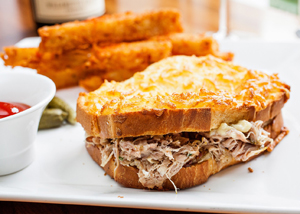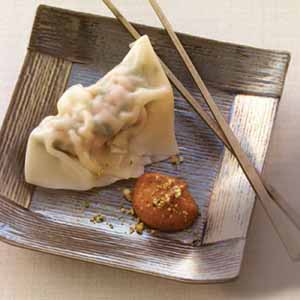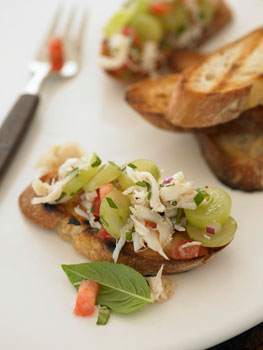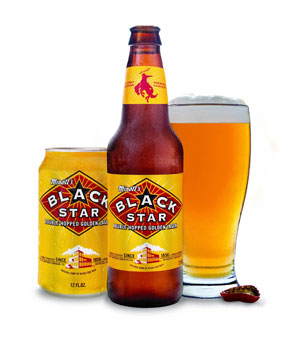Fusion 3.0, Casualization and Salt!
Thursday, 31 January 2013 13:50
 Among menu trends this year, Kraft Foodservice chefs predict that “Food Nationalism” will take root with diners. And 2013 will be the year of the pretzel.
Among menu trends this year, Kraft Foodservice chefs predict that “Food Nationalism” will take root with diners. And 2013 will be the year of the pretzel.
Trend analysis for 2013! What’s on the horizon? Kraft Foodservice’s team of chefs weighs in, giving thoughtful analysis on today’s most accessible trends. See the entire write-up at http://bit.ly/V1mGO6. “Like” Kraft Foodservice at www.facebook.com/KraftFoodservice.
1. Customization and Food as Experience Merge
Customization and food as experience are two mega trends that are now walking in step with each other. And diners are eating it up.

 Unlike its domestic and imported-beer counterparts, craft beer has been able to defy overall beer market trends and continue expansion during the economic downturn and subsequent slow recovery. Who’s drinking the most craft beer? Older Millennials.
Unlike its domestic and imported-beer counterparts, craft beer has been able to defy overall beer market trends and continue expansion during the economic downturn and subsequent slow recovery. Who’s drinking the most craft beer? Older Millennials. Here are five trends and 10 accompanying flavor combinations (farro, blackberry and clove, anyone?) predicted to catalyze menu innovation this year.
Here are five trends and 10 accompanying flavor combinations (farro, blackberry and clove, anyone?) predicted to catalyze menu innovation this year.
 This year, mixers will matter and whiskeys will wow. Also, hard ciders go up a notch, and expect the Americanized version of the German Biergarten to blossom.
This year, mixers will matter and whiskeys will wow. Also, hard ciders go up a notch, and expect the Americanized version of the German Biergarten to blossom.